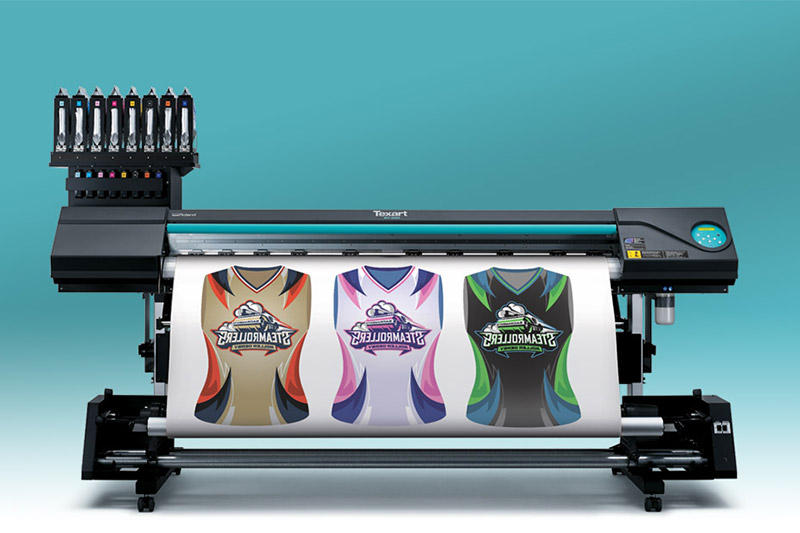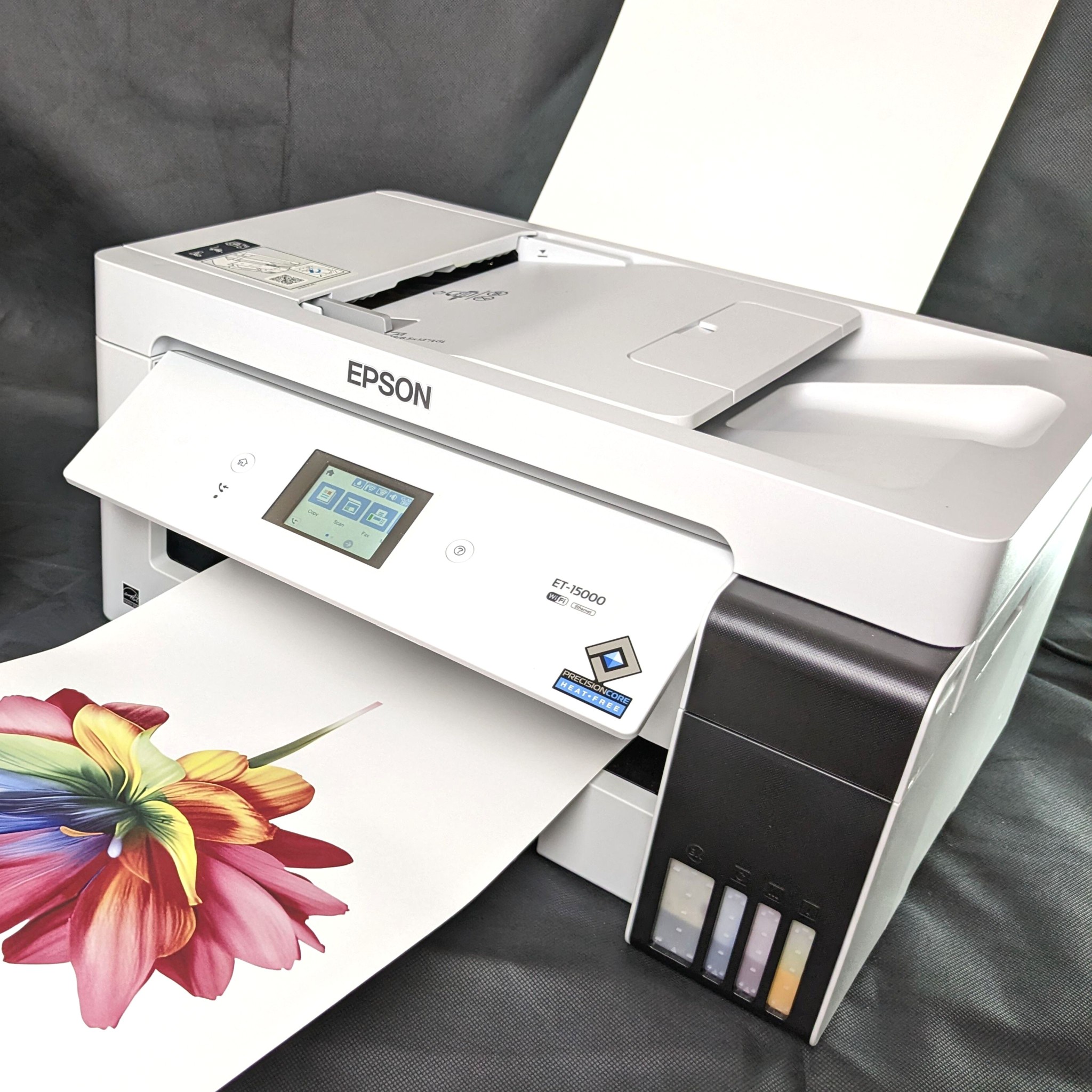The Rise of DTF Printing: Exploring Its Applications and advantages
The emergence of Straight to Film (DTF) printing modern technology is reinventing the custom garments sector, supplying notable benefits and a broad array of applications. As the cravings for customized items continues to expand, comprehending how DTF printing can satisfy these evolving demands is progressively crucial.

Comprehending DTF Printing Modern Technology
Comprehending DTF Printing Modern technology marks a substantial development in the fabric printing sector, especially for its convenience and efficiency. Direct-to-Film (DTF) printing is a sophisticated process that entails printing designs onto unique transfer movies, which are after that transferred onto material utilizing warmth and pressure. Unlike traditional methods, DTF printing does not need pre-treatment of the textile, making it possible for a more streamlined process.

As soon as healed, the movie is placed onto the fabric, and a warm press transfers the design by applying regular warmth and pressure. This results in vibrant, premium prints that adhere perfectly to various textile types, including cotton, polyester, and blends (heat transfer vinyl printing). The modern technology's capacity to create elaborate and vivid styles with very little configuration makes it a game-changer in the textile printing sector
Secret Benefits of DTF Printing
Among the crucial benefits of DTF printing is its exceptional convenience, which enables top notch prints on a variety of material types. This capacity extends past standard cotton to consist of polyester, nylon, leather, and also mixed fabrics, making it excellent for diverse fabric applications. This adaptability reduces the demand for multiple printing innovations, streamlining manufacturing procedures and decreasing total costs.
An additional significant benefit is the superior print high quality that DTF modern technology delivers. By utilizing vivid, sturdy inks and exact application techniques, DTF prints keep their shade integrity and sharpness also after numerous washes. This leads to a product that not only looks expert but likewise stands the examination of time, giving consistent value to both manufacturers and end-users.
In addition, DTF printing offers a simplified process, which can cause boosted performance and productivity. Unlike conventional techniques such as screen printing, DTF does not need complicated arrangement or comprehensive drying out times. This convenience of usage makes it an appealing choice for services of all dimensions, enabling quicker turn-around times and the capacity to handle little to big production runs with very little headache.
Applications in Personalized Garments
In the world of customized clothing, DTF printing stands apart as a game-changing technology that enables designers and makers to produce bespoke garments with unmatched information and quality. Direct-to-film (DTF) printing has actually reinvented the custom fashion industry by using flexibility in layout, brilliant color recreation, and sturdiness. This ingenious method permits elaborate designs to be moved onto a wide selection of materials without compromising the stability of the product.
One substantial application of DTF printing is in producing custom tees, hoodies, and sportswear. The capability to print complicated graphics with fine information and gradients makes it excellent for individualized clothing, such as group attires and marketing goods. DTF printing is especially useful for one-off pieces and limited-run orders, giving a economical and effective remedy compared to traditional screen printing techniques (heat transfer vinyl printing).
In addition, DTF printing has opened new opportunities for stylist to experiment with distinct patterns and structures, making it possible for the creation of cutting-edge, avant-garde collections. This modern technology additionally sustains local business and independent artists by minimizing the obstacles to entrance in the custom clothing market. Eventually, DTF printing is improving the landscape of custom-made garments, combining creative expression with technical innovation.
Flexibility Throughout Different Products
Structure on the advancements in customized clothing, DTF printing's adaptability throughout various products better boosts its allure. Unlike conventional printing methods, DTF (Direct-to-Film) printing can be related to a considerable series of substrates, including cotton, polyester, blends, leather, and even tough surface areas like wood and glass. This adaptability is achieved via the special procedure where designs are published onto an unique movie and afterwards transferred onto the product utilizing a heat press. This permits vibrant, top notch prints that maintain their integrity throughout different structures and compositions.
The ability to publish on diverse products opens up countless possibilities for organizations across various markets. In the marketing items sector, business can tailor a wide variety of items, from lug caps and bags to mugs and phone situations, all with the very same printing technology. In the fashion business, DTF printing makes it possible for designers to trying out intricate patterns and dynamic shades on unconventional materials, pressing the borders of creativity.
Furthermore, DTF printing's compatibility with a fantastic read various products likewise equates to cost-efficiency and lowered waste, as suppliers can use the same devices for several applications. This convenience not just expands the extent of product offerings yet additionally boosts operational efficiency.
Future Potential Customers of DTF Printing
As the market progresses, the future prospects of DTF printing are poised to revolutionize various industries through continuous innovation and technological improvements. The surge popular for tailored garments and advertising items is driving the demand for extra reliable, functional, and cost-efficient printing approaches. DTF printing, with its capacity to produce top notch, sturdy prints on a large range of products, stands at the center of this change.
Arising trends show that DTF printing will significantly incorporate with automation and AI innovations, enhancing manufacturing rate and minimizing labor costs. Advanced software application services will certainly additionally enhance design precision, color matching, and print consistency, resolving a few of the current constraints. In addition, green inks and recyclable transfer films are anticipated to get traction, straightening with worldwide sustainability objectives.
Industries past textiles are additionally checking out the possibility of DTF printing. The innovation's versatility makes it suitable for applications in home décor, automotive interiors, and even medical tools. As research study and development initiatives proceed to broaden, the extent of DTF printing will likely expand, opening up brand-new avenues for commercial and creative applications. In summary, the future of DTF printing is intense, promising substantial my sources improvements and broader market fostering.
Final Thought

Understanding DTF Printing Technology notes a substantial improvement in the fabric printing market, particularly for its versatility and performance. Direct-to-Film (DTF) printing is a cutting-edge procedure that includes printing designs onto unique transfer films, which are after that moved onto material using warmth and stress. DTF printing is especially helpful for one-off pieces and limited-run orders, providing a effective and affordable remedy compared to traditional display printing methods.
Unlike conventional printing methods, DTF (Direct-to-Film) printing can be applied to a comprehensive variety of substrates, including cotton, polyester, blends, natural leather, and even tough surfaces like timber and glass.DTF printing innovation is changing the custom garments industry by supplying reliable, cost-efficient, and versatile solutions for generating lively designs on various fabrics without pre-treatment.